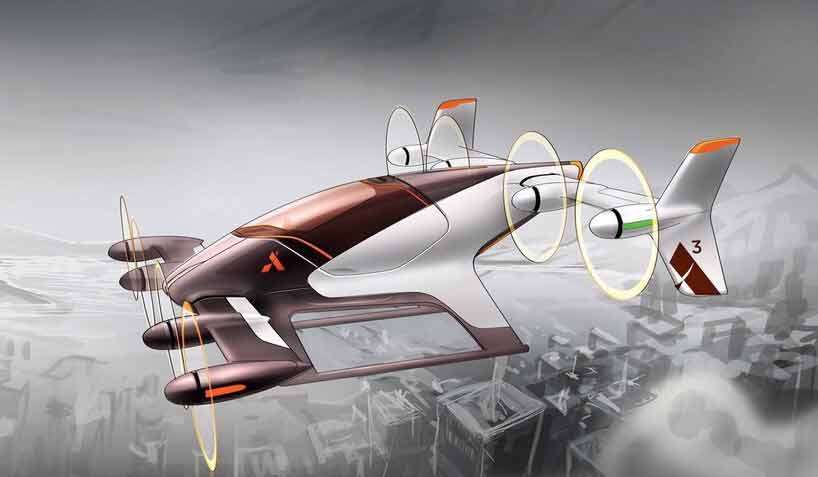
Airbus A^3 has teamed with Near Earth Autonomy to develop the Vahana flying car’s laser-guided landing system. Airbus
Okay, so it's not a flying car in the sense we grew up imagining, but Airbus A^3's octocopter personal aerial vehicle, Vahana, is still quite impressive.
Utilizing eight propellers mounted on rotating wings, Vahana is capable of vertical take-off and horizontal flight. The landing, however, is where it gets tricky.
"Takeoff is fairly scripted," Sanjiv Signh, the CEO of Near Earth Autonomy — a company that makes sensors and robotic controls for aerial vehicles like drones — told Wired. "But the landing site may not be ready to take a vehicle. Maybe something went wrong, and there's already a vehicle on deck."
That’s where Vahana’s onboard lasers and Near Earth Autonomy technology, Peregrine, come into play. Mounted under the fuselage, it contains lidar, inertial measurement, GPS sensors and plenty of processing power. Once the Vahana drops below 65 feet its laser begins a three-dimensional scan, sending data back and suggesting the best landing zone.
While PAV technology has come a long way since the Moller M400 Skycar blunders, some industry leaders believe we're a long way from fully autonomous flight.
“Today you have several sensor systems which are available to provide information on the surroundings to detect moving objects or human forms,” says Neva Aerospace CEO Robert Vergnes. “But the software which is going to make decisions does not yet exist.”

Sign-up for newsletters & special offers!
Get the latest FLYING stories & special offers delivered directly to your inbox






